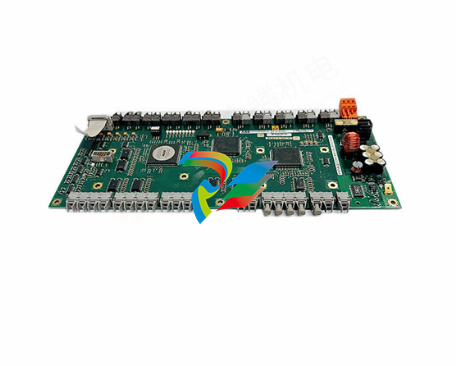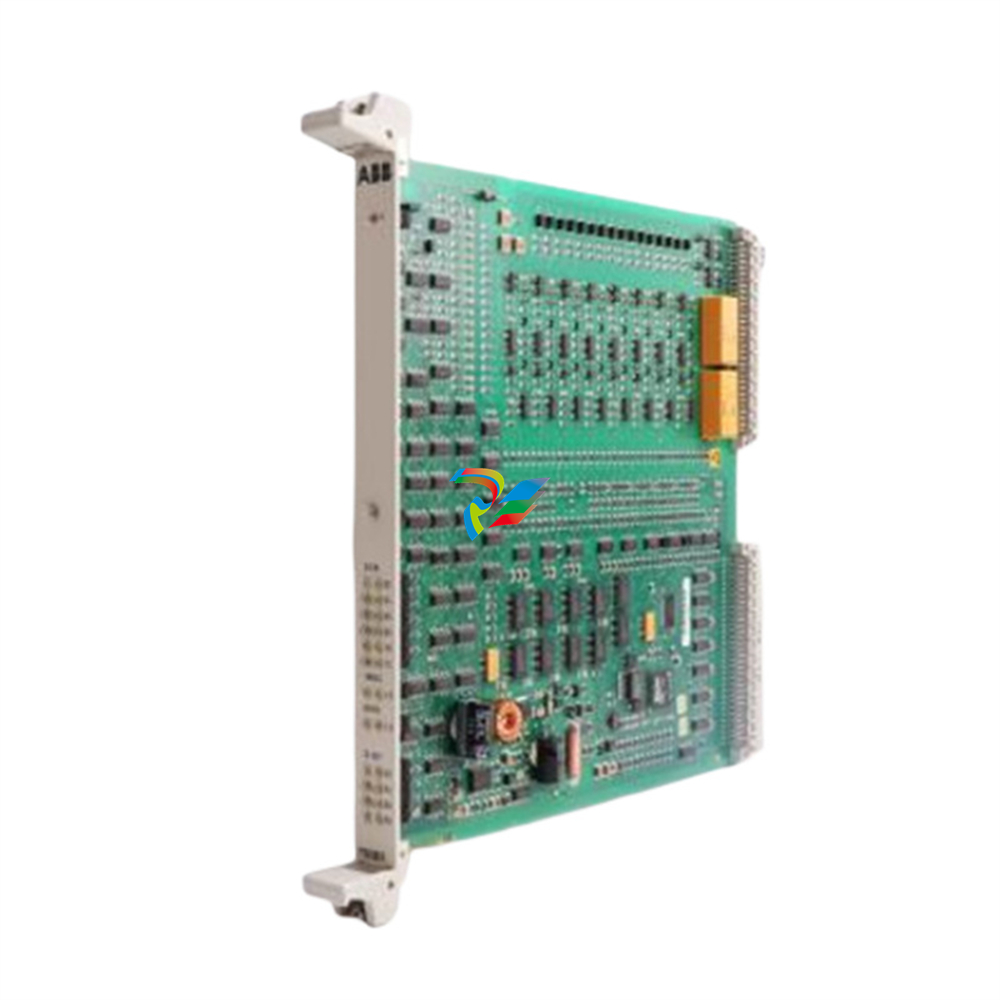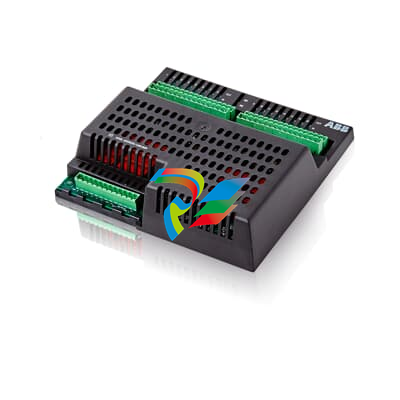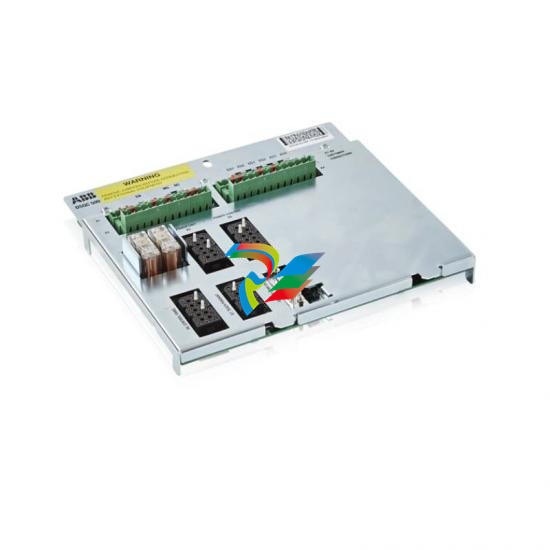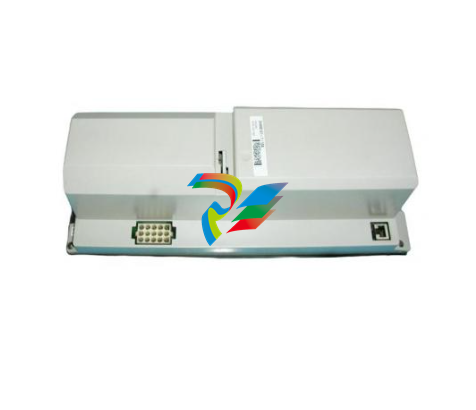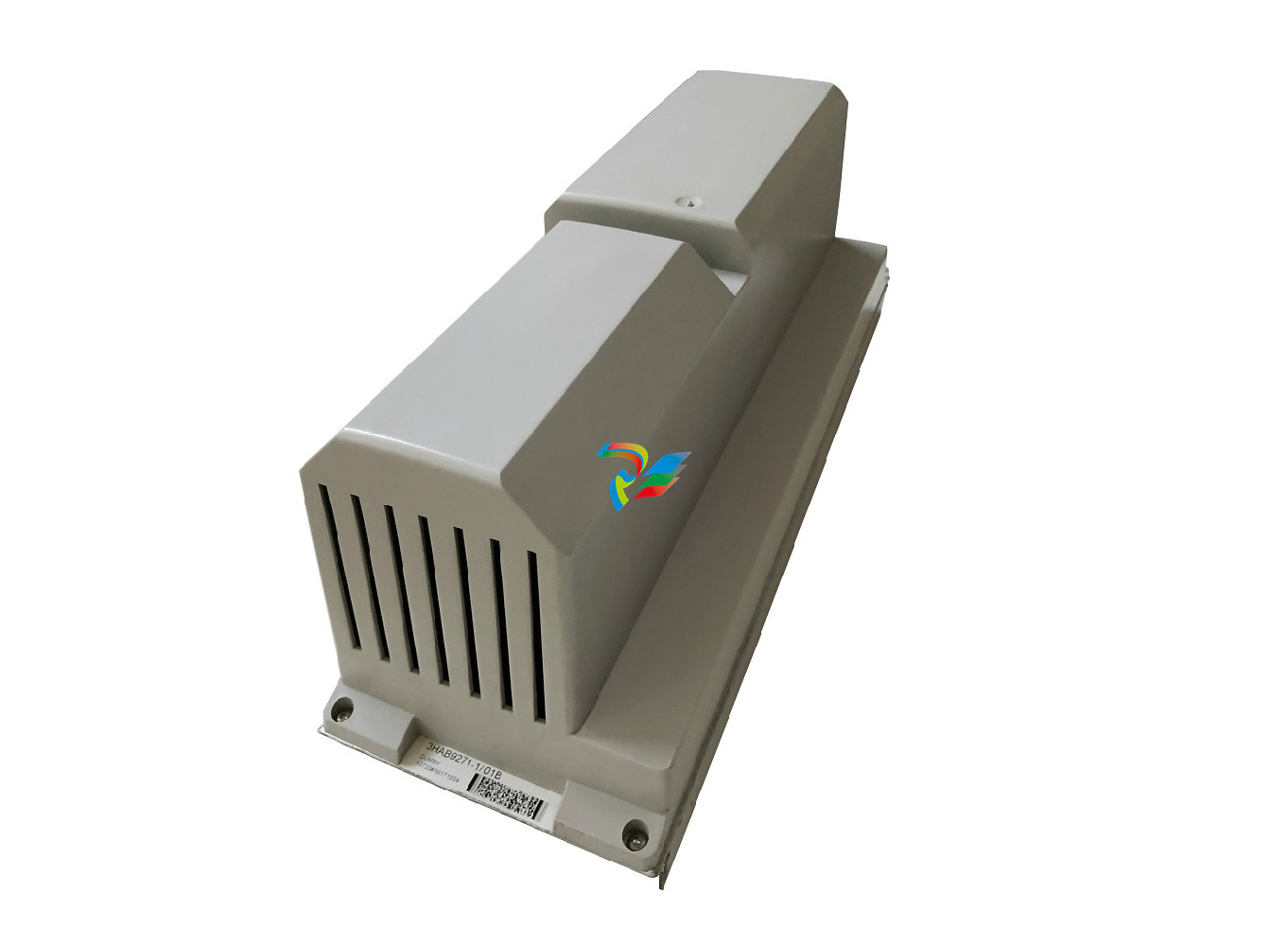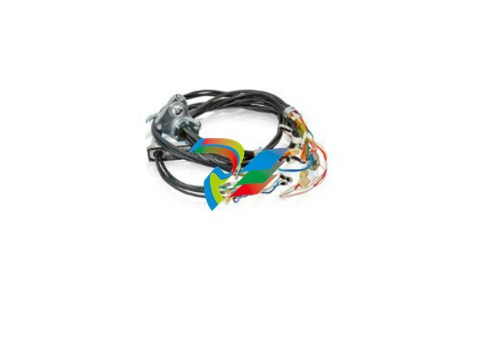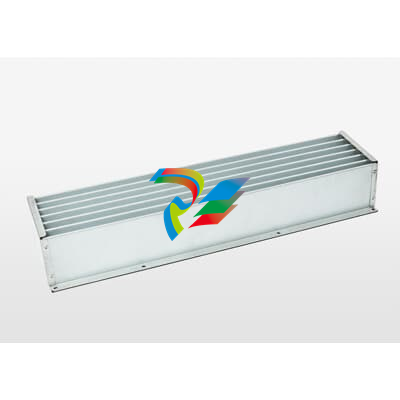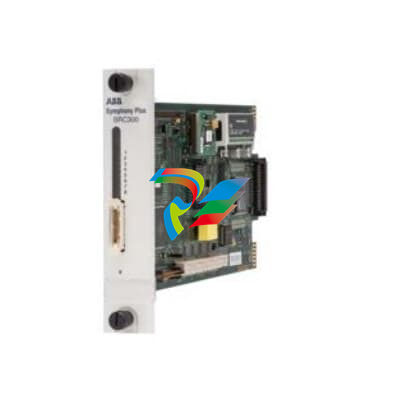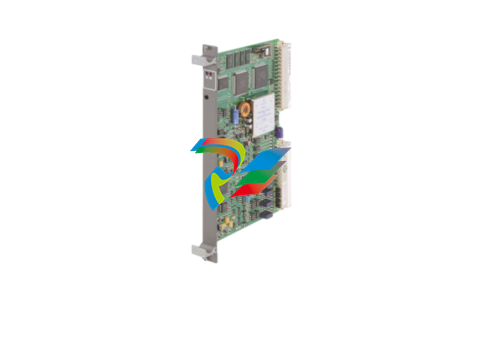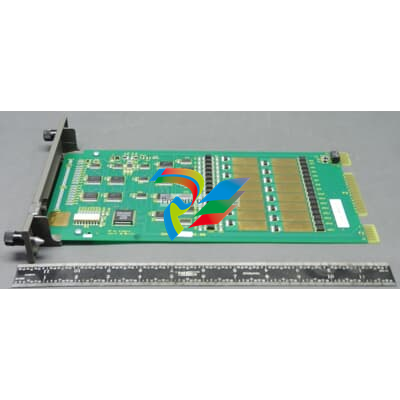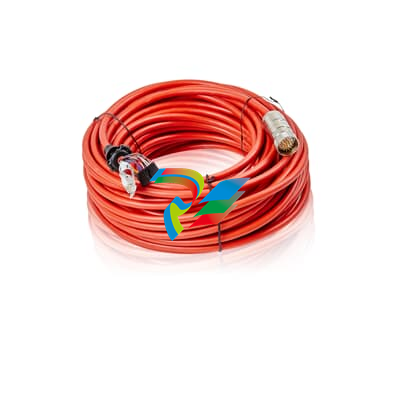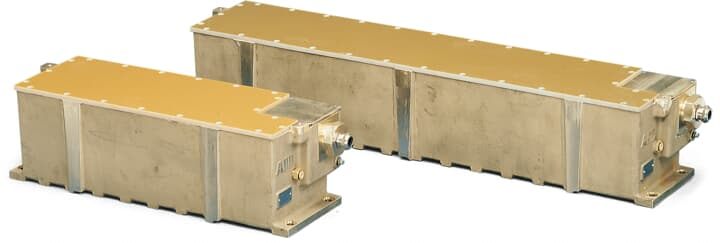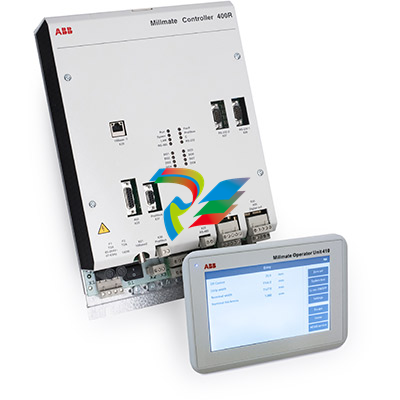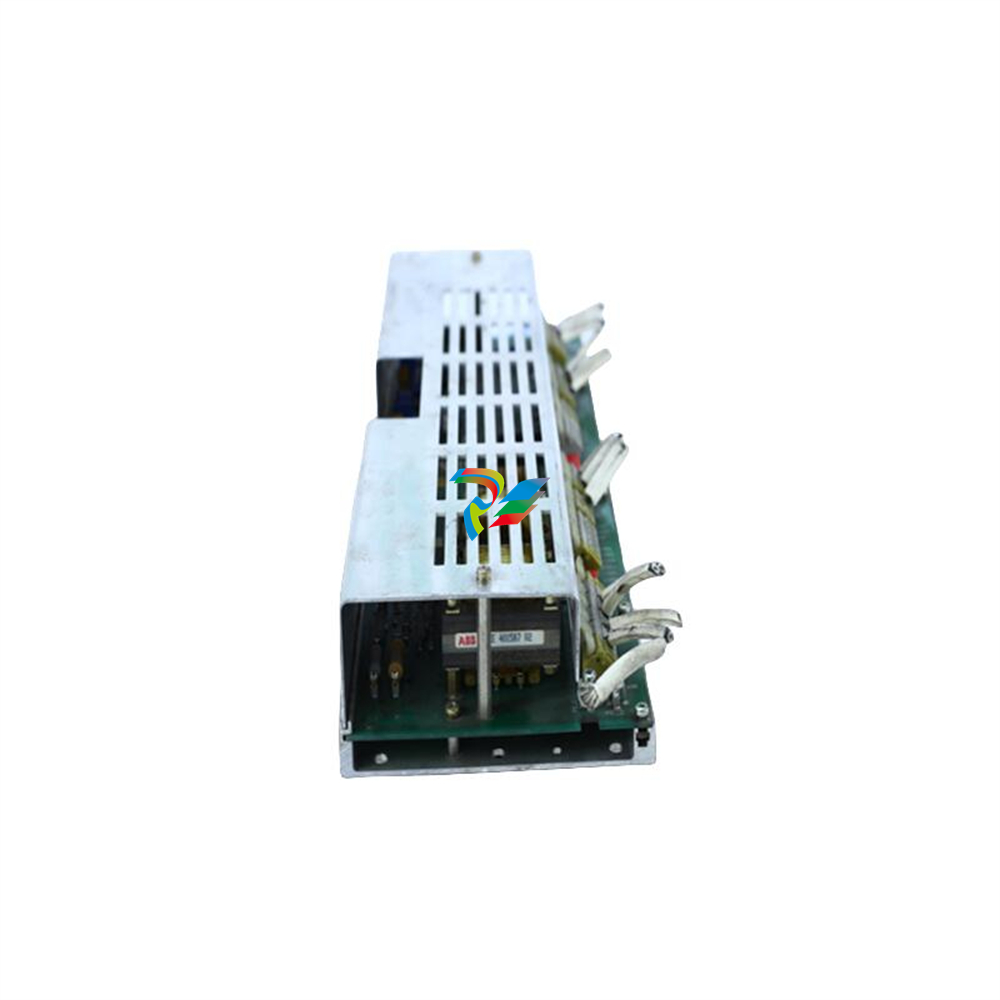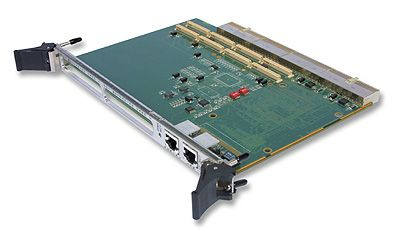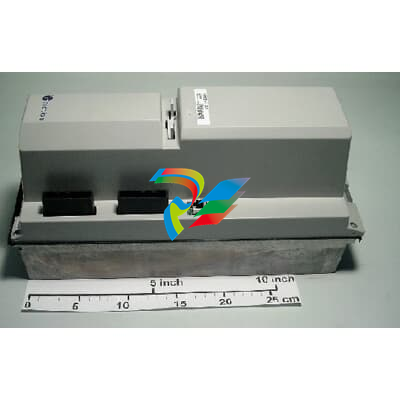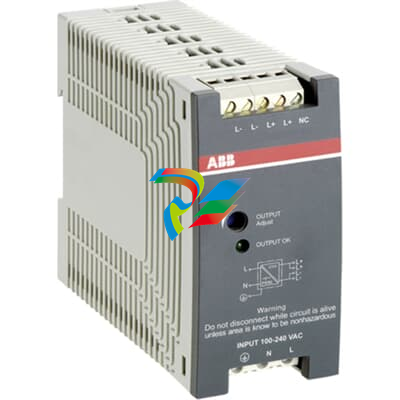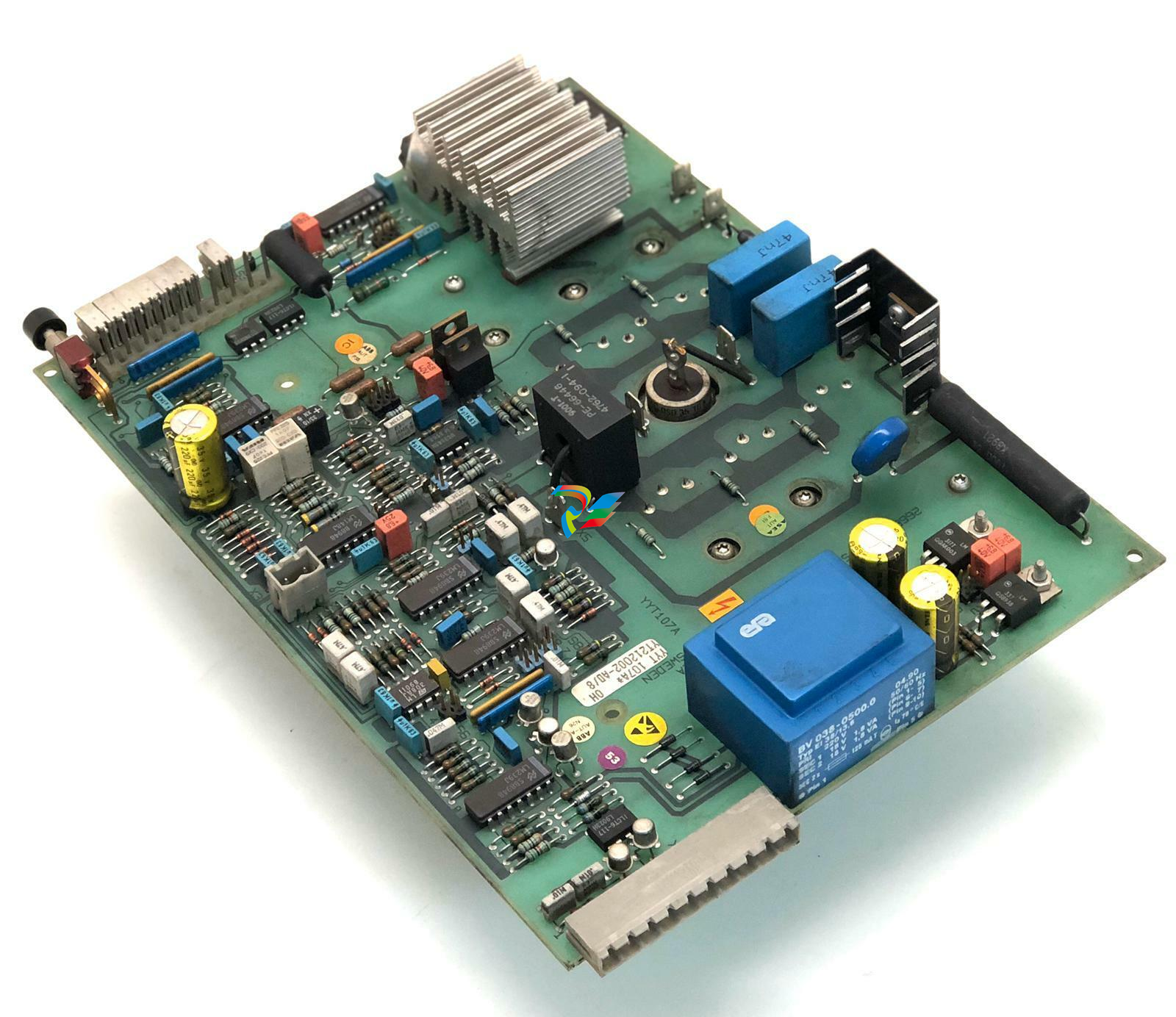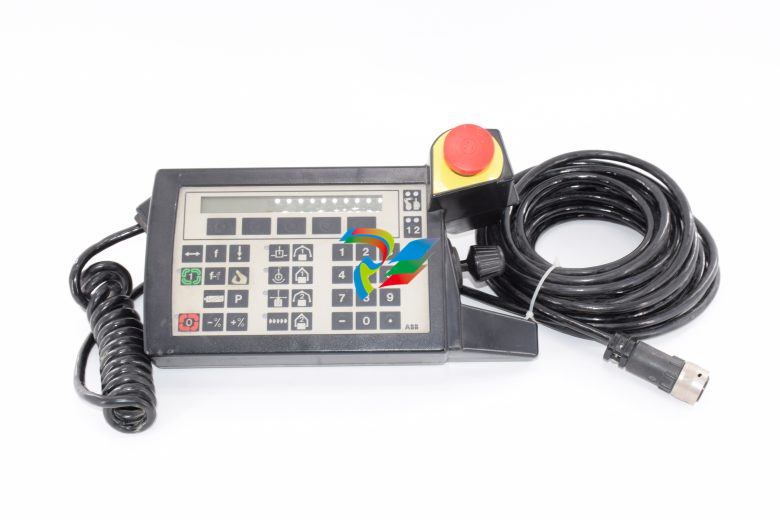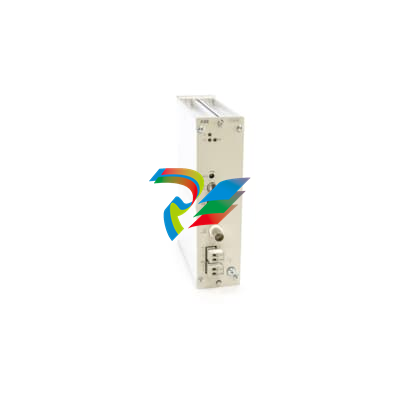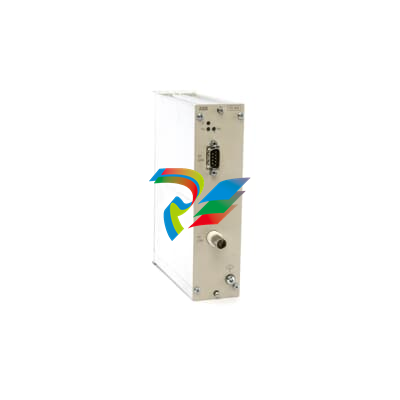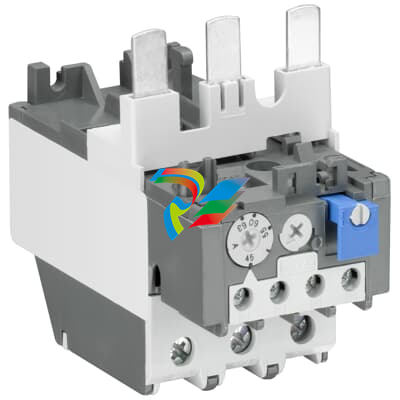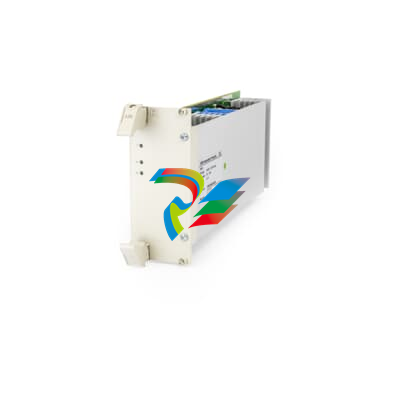
GEPPCBug Firmware Package User’s Manual Parts 1 & 2
Notice
While reasonable efforts have been made to assure the accuracy of this document,
Motorola, Inc. assumes no liability resulting from any omissions in this document,
or from the use of the information obtained therein. Motorola reserves the right to
revise this document and to make changes from time to time in the content hereof
without obligation of Motorola to notify any person of such revision or changes.
No part of this material may be reproduced or copied in any tangible medium, or
stored in a retrieval system, or transmitted in any form, or by any means, radio,
electronic, mechanical, photocopying, recording or facsimile, or otherwise,
without the prior written permission of Motorola, Inc.
It is possible that this publication may contain reference to, or information about
Motorola products (machines and programs), programming, or services that are
not announced in your country. Such references or information must not be
construed to mean that Motorola intends to announce such Motorola products,
programming, or services in your country.
Restricted Rights Legend
If the documentation contained herein is supplied, directly or indirectly, to the U.S.
Government, the following notice shall apply unless otherwise agreed to in
writing by Motorola, Inc.
Use, duplication, or disclosure by the Government is subject to restrictions as set
forth in subparagraph (c)(1)(ii) of the Rights in Technical Data and Computer
Software clause at DFARS 252.227-7013.
Motorola, Inc.
Computer Group
2900 South Diablo Way
Tempe, Arizona 85282
Preface
The PPCBug Firmware Package User’s Manual provides information on the PPCBug
firmware, the start-up and boot routines, the debugger commands, the one-line
assembler/disassembler, and the debugger system calls. All information
contained herein is specific to Motorola’s PowerPC™-based boards: MVME230x
VME Processor Modules, MVME260x Single Board Computers, MVME3604 VME
Processor Modules, MVME4604 VME Dual Processor Modules, MTX Embedded
ATX Motherboards, MCP750 CompactPCI, and PMCspan PCI expansion boards.
In this manual, they are collectively referred to as the PowerPC board or board.
This manual covers release 3.5, and earlier versions, of PPC1Bug.
This document is bound in two parts. Part 1 (PPCBUGA1/UM4) contains the Table
of Contents, List of Figures, List of Tables, and Chapters 1 through 3. Part 2
(PPCBUGA2/UM4) contains Chapters 4 and 5, Appendixes A through H, and the
Index.
The diagnostics are covered in the PPCBug Diagnostics Manual (PPCDIAA/UM2).
A basic knowledge of computers and digital logic is assumed. Refer to Appendix
A, Related Documentation, of this manual for a list of documents that may provide
helpful information.
This manual is intended for anyone who designs OEM systems, supplies
additional capability to an existing compatible system, or works in a lab
environment for experimental purposes.
Motorola® and the Motorola symbol are registered trademarks of Motorola, Inc.
PowerPC™ is a trademark of IBM, and is used by Motorola with permission.
AIXTM is a trademark of IBM Corp.
All other products mentioned in this document are trademarks or registered
trademarks of their respective holders.
Conventions
The following conventions are used in this document:
bold
is used for user input that you type just as it appears. Bold is also used for
commands, options and arguments to commands, and names of programs,
directories, and files.
italic
is used for names of variables to which you assign values. Italic is also used
for comments in screen displays and examples.
courier
is used for system output (e.g., screen displays, reports), examples, and
system prompts.
Return or ‘the Return key’
represents the Enter, Return, or Carriage Return key.
CTRL
represents the Control key. Execute control characters by pressing the
CTRL key and the letter simultaneously, e.g., CTRL-d.
|
Separates two or more items that you can select from (one only).
[ ]
encloses an optional item that may occur zero or one time.
{ }
encloses an optional item that may occur zero or more times.
A character precedes a data or address parameter to specify the numeric format,
as follows (if not specified, the format is hexadecimal):
$ dollar a hexadecimal character.
0x Zero-x
% percent a binary number.
& ampersand a decimal number.
Safety Summary
Safety Depends On You
The following general safety precautions must be observed during all phases of operation, service, and
repair of this equipment. Failure to comply with these precautions or with specific warnings elsewhere in
this manual violates safety standards of design, manufacture, and intended use of the equipment.
Motorola, Inc. assumes no liability for the customer's failure to comply with these requirements.
The safety precautions listed below represent warnings of certain dangers of which Motorola is aware. You,
as the user of the product, should follow these warnings and all other safety precautions necessary for the
safe operation of the equipment in your operating environment.


































































































